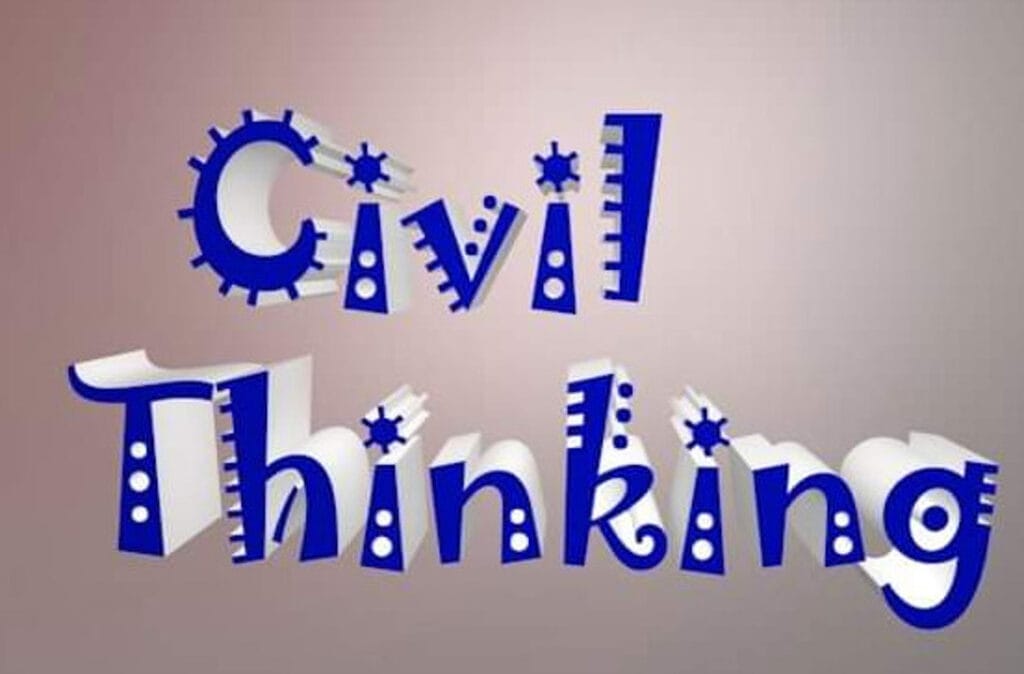Oscillations of systems caused by dynamic loads are divided into free and driven. If an elastic system is disturbed by some dynamic load from the state of equilibrium, and then the impact is removed, then the masses of the system, having received acceleration, will oscillate relative to a stable equilibrium position. Such oscillations of the system are called free. A special case of free vibrations are natural vibrations, when free vibrations occur as a standing wave with one specific frequency and deformation form of the system. In a system with one degree of freedom, free vibrations are always natural vibrations. A system with n degrees of freedom has a spectrum of n natural vibrations.
Driven(aka Forced) vibrations are created by a dynamic load constantly acting on the system, causing continuous movements of the masses relative to the equilibrium position.
Vibrations can be classified by the type of primary deformations they cause in the system, namely transverse vibrations (in the direction perpendicular to the longitudinal axis of the rod), causing its bending and torsional deformations, etc.
Below, transverse vibrations are considered as the most characteristic for building structures. We will also assume that the systems under study are in the elastic stage of material operation and perform linear vibrations. The main methods for solving problems of structural dynamics are the static (kinetostatic) and energy methods.
